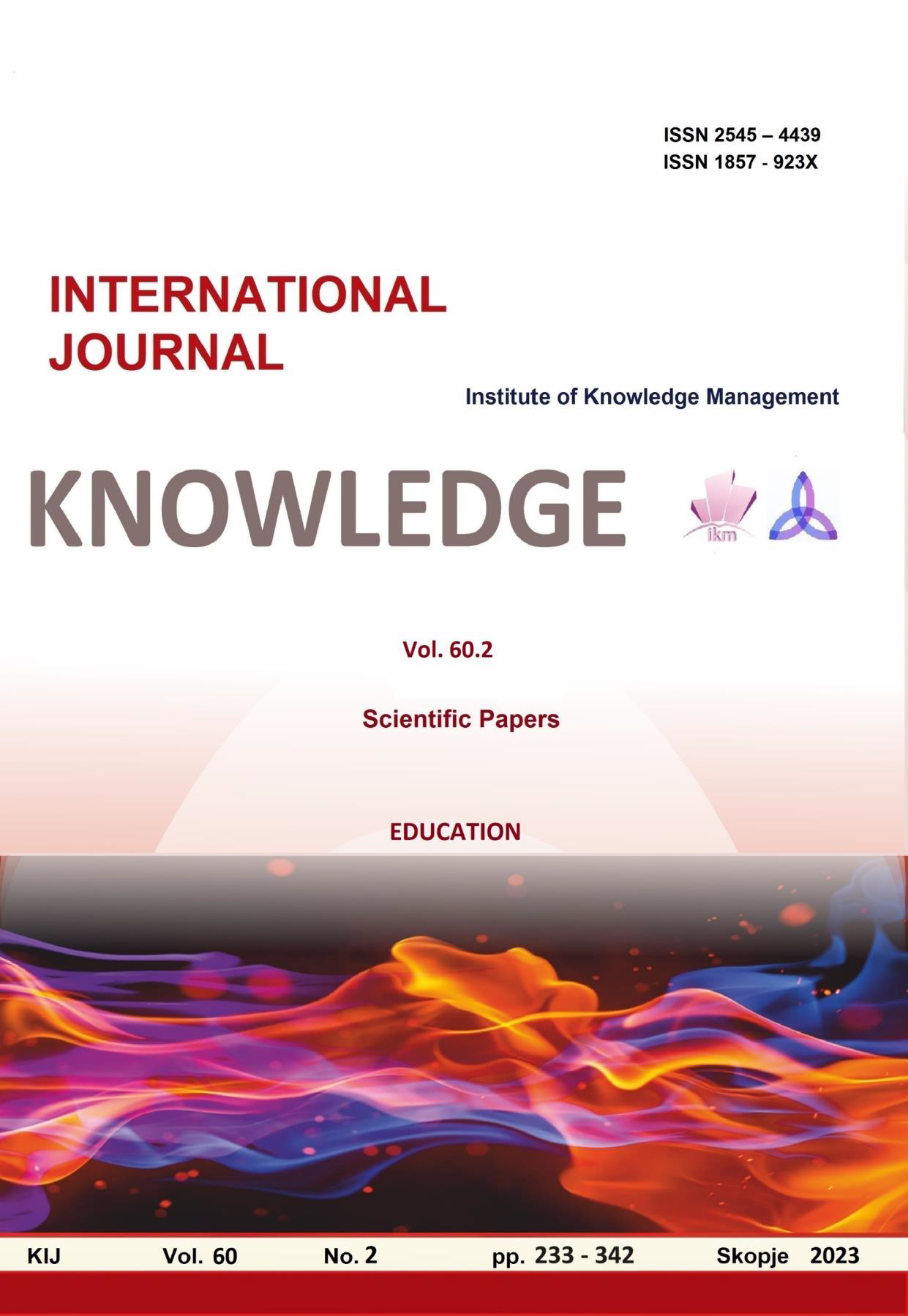INCLUSIVE EDUCATION - SOCIAL DISTANCE OF REGULAR SCHOOL STUDENTS TOWARDS STUDENTS WITH DISABILITIES
INCLUSIVE EDUCATION - SOCIAL DISTANCE OF REGULAR SCHOOL STUDENTS TOWARDS STUDENTS WITH DISABILITIES
Author(s): Ivana Ristić, Gordana ČolicSubject(s): Social Sciences, Education, Inclusive Education / Inclusion
Published by: Scientific Institute of Management and Knowledge
Keywords: social distance;inclusive education;quality of life
Summary/Abstract: Inclusive education implies an approach that is in the function of students, their developmental and educational needs, regardless of differences in individual characteristics, abilities and opportunities.The basic concept of inclusive education primarily refers to the detection of barriers and difficulties during the education of all children, with the aim of creating conditions for the education of each child in accordance with his individual characteristics and capabilities. Negative attitudes of peers are mentioned as one of the hindering factors of successful educational inclusion of children who need additional support in education.Therefore, the aim of the research was to examine the social distance of students of the typical elementary school age population towards their peers with speech and language disorders and other developmental disabilities in the regular education system, in relation to the age, gender of the student and degree of closeness. The sample consisted of 482 respondents (students of primary school age).The research was carried out in primary schools in Serbia.The Bogardus Social Distance Scale specially adapted for this research was used to collect data. It consisted of twelve questions, with dichotomous answers. Out of the total number of questions, five questions implied a necessarily close relationship, while seven questions in the scale did not imply that.The only difference was in the first question, where it was emphasized whether it was a student with a speech and language disorder or another developmental disorder.In cooperation with teachers, class teachers and professional associates of schools, surveys and written consents for parents were distributed to students. The criterion for students' participation in the research was a signed consent form from their parents.The results showed that there is a statistically significant difference in the social distance of students with regular development towards students with speech and language disorders and students with other developmental disabilities, where the social distance towards students with speech and language disorders is less pronounced.The results show that the age of students does not affect the degree of social distance towards peers, while differences were found in relation to gender. It was found that male respondents express a higher degree of social distance compared to their peers with speech impediments and other developmental disabilities.It is concluded that further improvement of inclusive educational work is needed, in the direction of devising adequate approaches in everyday pedagogical practice with the aim of developing the ability of students of typical development to accept diversity and thus creating conditions not only for the successful implementation of the inclusive process, but also for improving the quality of life of children with speech and language disorders and other developmental disorders.
Journal: Knowledge - International Journal
- Issue Year: 60/2023
- Issue No: 2
- Page Range: 287-292
- Page Count: 6
- Language: English

